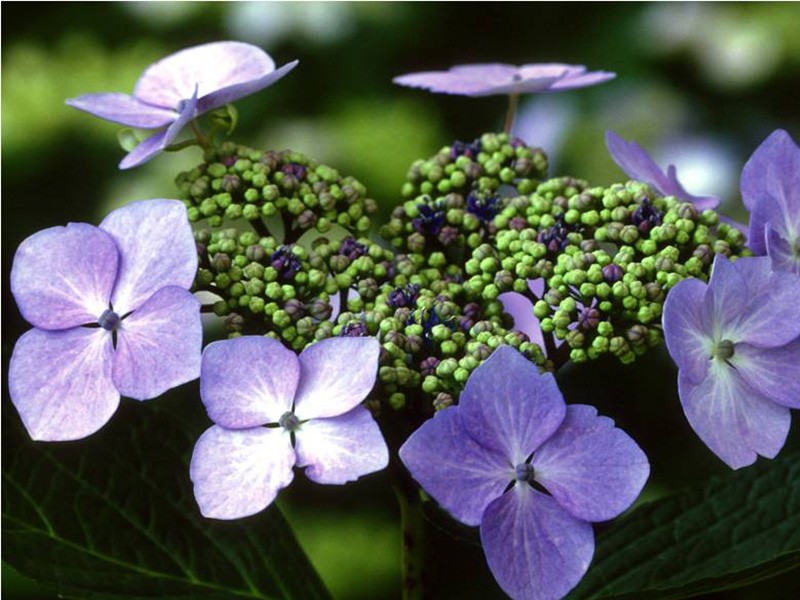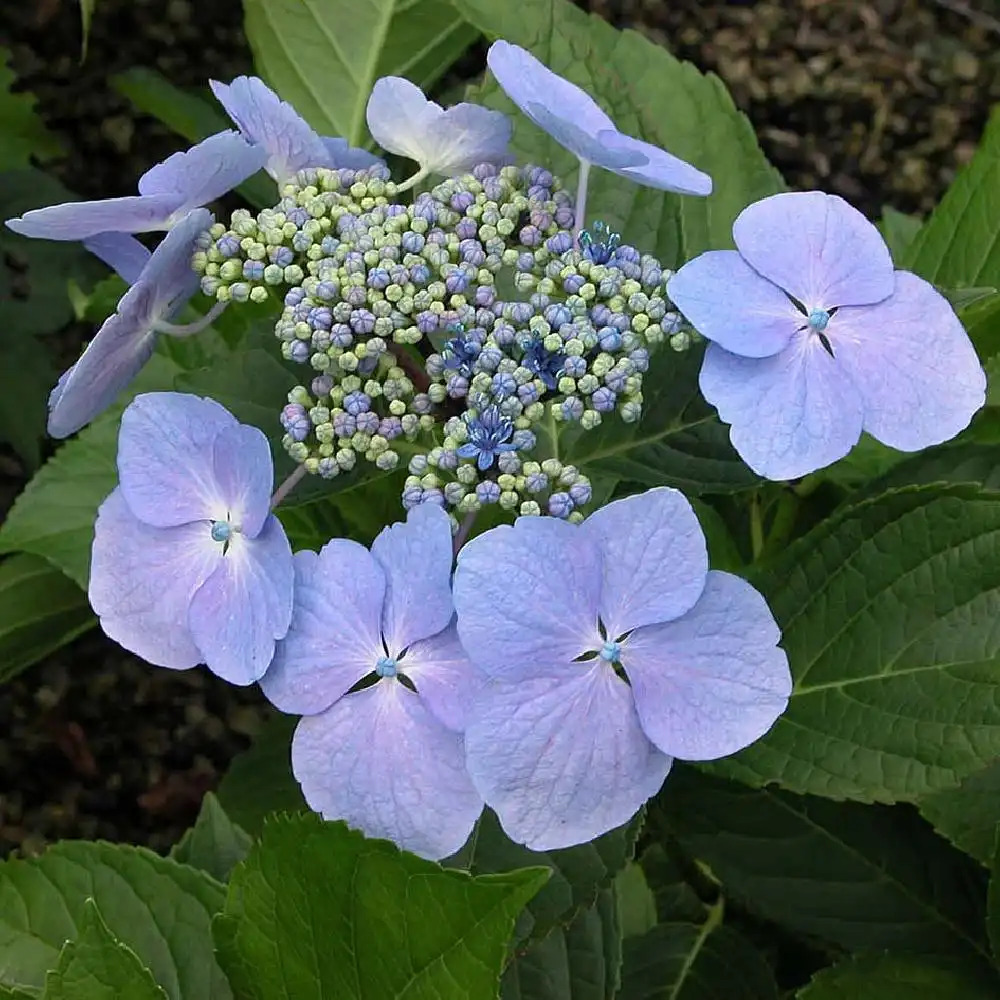Blue Wave Hydrangea: The Ultimate Guide To Growing And Caring For This Stunning Bloom
Blue Wave Hydrangea: The Ultimate Guide to Growing and Caring for This Stunning Bloom
Hydrangeas are some of the most popular flowering shrubs in the world, and for good reason. They come in a wide variety of colors, sizes, and shapes, and they can be grown in a variety of climates. Blue Wave hydrangea is a particularly stunning variety that is known for its large, blue blooms.
If you're thinking about adding a Blue Wave hydrangea to your garden, here is everything you need to know about growing and caring for this beautiful plant.
Introduction
Blue Wave hydrangea is a deciduous shrub that is native to Japan. It is a member of the Hydrangea macrophylla family, which also includes other popular varieties such as Endless Summer and Annabelle. Blue Wave hydrangea is known for its large, blue blooms that can reach up to 12 inches in diameter. The blooms typically appear in late spring or early summer and can last for several weeks.
Blue Wave hydrangea is a relatively easy plant to grow, but it does require some basic care. The following tips will help you ensure that your Blue Wave hydrangea thrives in your garden.
Main Content
Choosing the right location
The first step to growing a Blue Wave hydrangea is choosing the right location. Blue Wave hydrangeas prefer full sun or partial shade. They will tolerate full sun in cooler climates, but they may need some afternoon shade in warmer climates. Blue Wave hydrangeas also prefer well-drained soil.
Planting
Once you have chosen a location, you can plant your Blue Wave hydrangea. Dig a hole that is twice as wide and as deep as the root ball of the plant. Backfill the hole with soil, being careful not to bury the crown of the plant. Water the plant well after planting.
Watering
Blue Wave hydrangeas need regular watering, especially during the first year after planting. Once the plant is established, it will need less water. Water the plant deeply whenever the top inch of soil is dry.
Fertilizing
Blue Wave hydrangeas benefit from a light application of fertilizer in the spring. Use a balanced fertilizer, such as 10-10-10, and follow the directions on the label.
Pruning
Blue Wave hydrangeas do not require a lot of pruning. However, you may want to trim the plant in the spring to remove any dead or damaged branches. You can also prune the plant to shape it.
Winter protection
In colder climates, Blue Wave hydrangeas may need some winter protection. Mulch the plant with a layer of 2 to 3 inches of organic matter, such as bark chips or leaves. You may also want to cover the plant with a burlap sack or other protective covering.
Troubleshooting
Blue Wave hydrangeas are generally pest- and disease-free. However, they may be susceptible to powdery mildew in humid climates. If your plant develops powdery mildew, you can treat it with a fungicide.
Conclusion
With proper care, Blue Wave hydrangeas can be a beautiful and long-lived addition to your garden. With its large, blue blooms, Blue Wave hydrangea is sure to turn heads.
FAQ of hydrangea macrophylla blue wave
Question 1: What is Hydrangea macrophylla Blue Wave?
Answer: Hydrangea macrophylla Blue Wave is a type of hydrangea that is known for its large, blue flowers. It is a deciduous shrub that can grow up to 6 feet tall. Blue Wave hydrangeas are hardy in USDA zones 5-9.
Question 2: Where is the best place to plant Hydrangea macrophylla Blue Wave?
Answer: The best place to plant Hydrangea macrophylla Blue Wave is in a location that receives morning sun and afternoon shade. This will help to prevent the leaves from burning in hot, direct sunlight. The soil should be well-drained and slightly acidic.
Question 3: How do I care for Hydrangea macrophylla Blue Wave?
Answer: Hydrangea macrophylla Blue Wave is relatively easy to care for. Water it regularly, especially during the hot summer months. Fertilize it in the spring with a balanced fertilizer. Deadhead the flowers after they have finished blooming.
Question 4: How do I turn Hydrangea macrophylla Blue Wave blue?
Answer: The color of Hydrangea macrophylla Blue Wave flowers is determined by the pH of the soil. In acidic soils, the flowers will be blue. In alkaline soils, the flowers will be pink or lavender. To turn your Hydrangea macrophylla Blue Wave flowers blue, you can add aluminum sulfate to the soil.
Question 5: How long does it take to turn hydrangeas blue?
Answer: It can take several months to several years for hydrangeas to turn blue. The amount of time it takes depends on the pH of the soil, the amount of aluminum sulfate you add, and the climate.
Image of hydrangea macrophylla blue wave
- Image 1: A full bush of hydrangea macrophylla blue wave in full bloom. The flowers are a deep blue color and are arranged in large clusters.

- Image 2: A close-up of a single hydrangea macrophylla blue wave flower. The flower is a deep blue color with a white center.

- Image 3: A hydrangea macrophylla blue wave bush in a garden setting. The bush is surrounded by other flowers and plants.

- Image 4: A hydrangea macrophylla blue wave flower in a vase. The flower is a beautiful deep blue color and is sure to brighten up any room.

- Image 5: A hydrangea macrophylla blue wave flower in a terracotta pot. The flower is a beautiful deep blue color and the terracotta pot adds a touch of rustic charm.

Post a Comment for "Blue Wave Hydrangea: The Ultimate Guide To Growing And Caring For This Stunning Bloom"